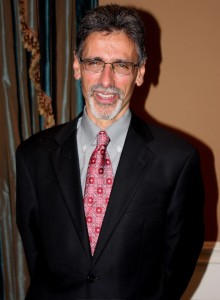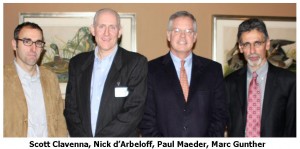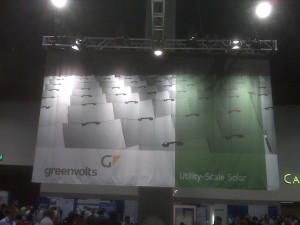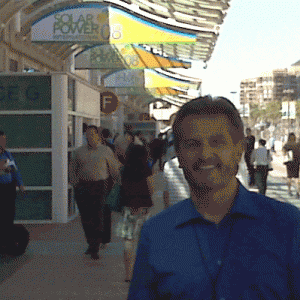Tesla Motors, the high-profile electric roadster maker, has fallen on tough times. Their founder, Elon Musk (who previously co-founded PayPal), is publicly battling former Tesla CEO Martin Eberhard, while his company’s financial fortunes plummet. The company’s been through two other CEOs as well.
 Tesla’s burned through nearly $150 million of venture capital and has seen a planned $100 million financing round come apart while its cash balance dries up. They’ve asked the Fed for $400 million in direct loans out of the proposed $25 billion bail-out fund.
Tesla’s burned through nearly $150 million of venture capital and has seen a planned $100 million financing round come apart while its cash balance dries up. They’ve asked the Fed for $400 million in direct loans out of the proposed $25 billion bail-out fund.
I hope Tesla makes it; they deserve a sustained shot, especially compared to the Big Three. Let’s not forget that Tesla figured out a way to design and bring to market a new concept green vehicle for $140 million. This is one tenth of what Detroit invests annually in its infamous Job Bank program. And unlike a lot of startups trying to get their product out the door, Tesla has received 1,200+ orders and builds about 10 cars per week.
The message with Tesla is consistent: electric, sex appeal, speed.
The Tango, by comparison, has taken a different road. This tiny, but incredibly nuanced plug-in vehicle is on a different mission: the re-invention of urban driving.
- Only 36-inches wide, it maneuvers like a motorcycle.
- It holds two and has headroom for a 7-foot NBA player.
- Four Tangos can fit in a normal parking space .
- With 2,000 lbs. under the floor (mostly batteries), the Tango has a very low center of gravity. It weighs the same as a midsize sedan and has a static rollover threshold equivalent to a 5-star NHTSA rating. It has a racecar-style roll cage design and 4-point harness design.
- It’s the only currently-practical true zero-emission vehicle.
- And yes, it’s fast, going from zero to 150 mph in one gear. Zero to 60 mph speed is four seconds, faster than a Dodge Viper, Porsche Carrera GT or Ferrari F50. And it’s faster than a Tesla, as shown in a recent track battle royale.
I chatted the other day with Rick Woodbury, the founder and CEO of Spokane, Washington based Commuter Cars, which makes the fastest urban car in the world. He said the Tango (designed using SolidWorks, a current client) was conceived from the ground up to forge a congestion-free urban future.
The Tango’s ability to maneuver through traffic is unparalleled. Maybe that’s why George Clooney is hooked. Or maybe it’s because it can park in thousands of heretofore-unusable parking spaces.
The Tango can change lanes to gain incredible advantage in traffic, “better than any car in history,” Woodbury said. And unlike a motorcycle, it’s safe, dry, climate-controlled and can securely carry a reasonable amount of cargo.
The Tango was designed for lane-splitting highway systems which permit driving between lanes of stopped or slow-moving traffic. California, Europe and Asia support this. Woodbury said the advantages are staggering, “In extremely heavy traffic, a Tango or motorcycle can travel in 20 seconds the distance a car travels in 20 minutes.” Imagine the possibilities.
Woodbury loves to talk about the economic justification of the Tango. He said the average U.S. urban commute is 20 miles. So if an executive earning $200,000 a year saves 20 minutes each way to work and back by lane-splitting, filtering and parking, this amounts to a savings of $1,600 per month. And you’re not burning fossil fuels: “There’s an unfathomable quantity of fuel wasted on gas every second.” He believes faster trips and a dramatically reduced auto footprint can ultimately reshape urban highway systems.
What’s Woodbury think of the proposed Big Three assistance package? “Bailouts are kind of crazy,” he said in his down-to-earth style.
In a time of handouts and bailouts, Woodbury’s not interested in being saved or getting acquired. “I just want to build a profitable company. I don’t want to owe anybody anything.”










